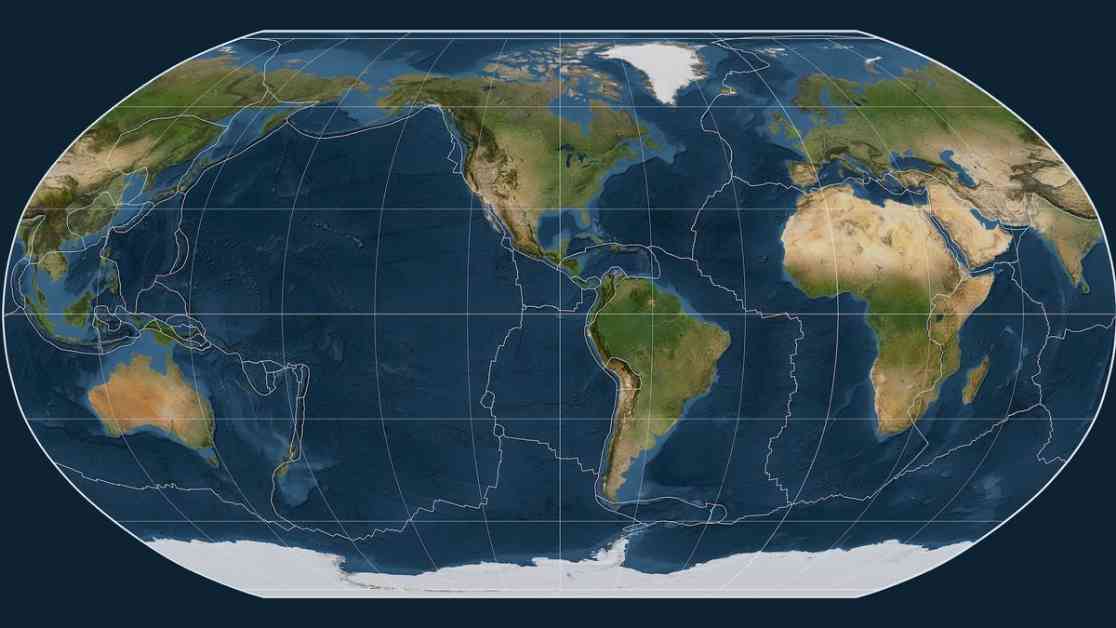Earth’s unique feature of having rigid tectonic plates that shift and collide has long fascinated scientists. However, the exact origins of plate tectonics remain a mystery. Geologists have debated when this process first began, with estimates ranging from 700 million to over 4 billion years ago.
Evidence of modern plate tectonics, such as ophiolites and blueschists, dates back to the Neoproterozoic era, around 1 billion to 541 million years ago. These rocks indicate that plates were indeed moving and colliding during this time. Some geologists believe that plate tectonics may have emerged even earlier, during the Archean Eon, which spanned from 4 billion to 2.5 billion years ago.
Recent research on zircons, resilient minerals that can survive melting and reforming processes, suggests that Earth’s crust began to shift around 3.8 billion years ago. This evidence aligns with the idea that subduction, the process of one plate diving beneath another, was already occurring at that time. However, the exact timing of when true plate tectonics, with all its complexities, emerged is still unclear.
One controversial theory proposes that Earth may have had plate tectonics as early as the Hadean era, 4.5 billion to 4 billion years ago. This idea is supported by studies of ancient zircons that resemble those found in modern volcanic arcs. Theoretical modeling also suggests that plate tectonics could have existed under Hadean conditions.
Despite these findings, there is still no consensus among scientists regarding the origins of plate tectonics. The lack of definitive evidence, coupled with the complexities of Earth’s early geological history, makes it challenging to pinpoint when this fundamental process first began shaping the planet’s surface.
Overall, the mystery of when and how plate tectonics originated continues to intrigue researchers, highlighting the ongoing quest to unravel Earth’s geological past and understand the forces that have shaped our planet over billions of years.










